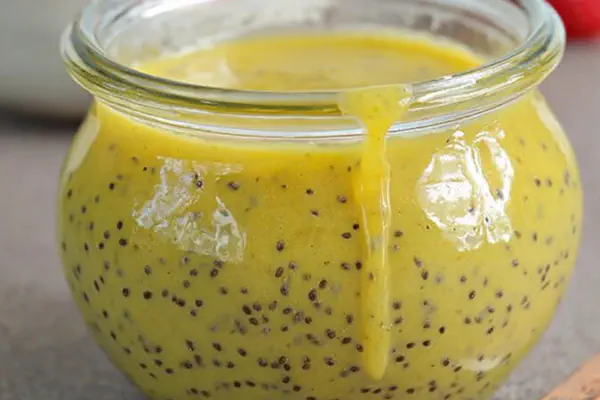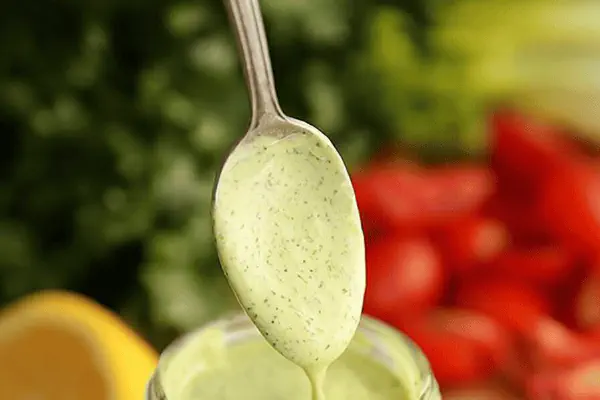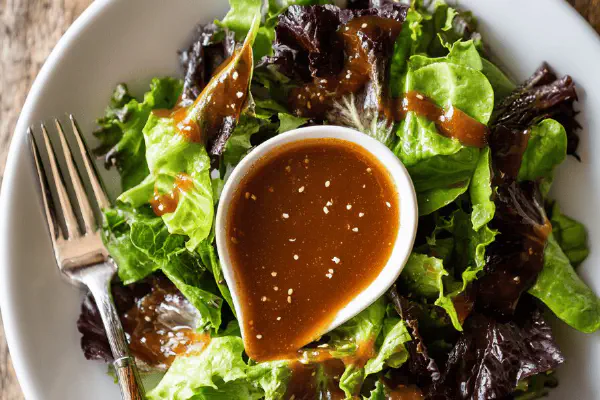Featured Recipe
Mustard Maple Vinaigrette

By Kate
"
Tangy vinaigrette blending mayo with lemon juice instead of cider vinegar, replacing traditional mustard with Dijon for creamier bite. Maple syrup stays, but honey added for deeper sweetness. Garlic swapped for shallot, minced fine. Whisked briskly to emulsify; seasoning with salt and cracked pepper. Keeps a week chilled tightly sealed. Perfect for salads, slaws, or drizzles over grilled veg. Robust, sharp, balanced acidity and subtle sweet notes.
"
Prep:
6 min
Cook:
0 min
Total:
6 min
Serves:
125 ml (about 1/2 cup)
dressing
vinaigrette
salad
Introduction
Vinaigrettes tend to fall flat or split if you rush the emulsification. Mayo? Saves steps but demands attention. Swap cider vinegar for lemon on impulse — brighter acidity, punchier aroma. Dijon in place of grainy mustard. Creamier, faster to blend, but less texture contrast. Adding honey alongside maple syrup layers sweetness, prevents single-note flavor. Shallots over garlic — less bite, more nuanced aroma, easier on breath. Whisking matters; don’t just dump. It’s about texture — creamy, glossy, thick enough to cling, thin enough to drizzle. Salt last, because it can kill emulsions or dry flavors prematurely. Store cold, and watch for separation cues—simple fix with a quick whisk or splash of water. No tricks, just fundamentals. You want your dressing to sing, not sputter.
Ingredients
About the ingredients
Mayonnaise is the base—full fat recommended for consistency and taste. Avoid low-fat versions; tend to split. Lemon juice substitutes cider vinegar for brighter, cleaner acidity; adjust quantity depending on freshness and personal preference. Dijon mustard gives smooth texture; old-fashioned grainy mustard can be swapped but expect more texture. Maple syrup and honey balance sweetness; substitute either with agave or light corn syrup if unavailable. Shallot minced very fine adds subtle onion aroma without overpowering raw garlic pungency. Salt and freshly cracked black pepper finish, balancing. If limited on shallots, a small pinch of onion powder can suffice but won’t replicate fresh aroma exactly. Keep mayo and liquids near room temperature before combining to ease emulsification and prevent curdling.
Method
Technique Tips
Whisking is not optional. Mayo must be loosened before adding acidic components to prevent lumps and splitting. Acid activates emulsifying agents in Dijon and mayo simultaneously—add slowly, whisk continuously. Maple syrup and honey introduced late maintain brightness and prevent turning greasy. Finely minced shallot folded in last prevents tough bites or uneven bits. Season close to serving time; salt can destabilize emulsions if mixed too early. Watch for sauce thickening and color lightening as signs acidity is working properly—whisk time varies, rely on visual and tactile cues not strict minutes. If dressing separates in fridge, vigorous whisking or minimal addition of cold water resets emulsion—never throw away sauce at first sign of separation. Use airtight jar to slow down oxidation and flavor loss.
Chef's Notes
- 💡 Use full-fat mayo—it's key. Low-fat versions oftentimes split, plus texture suffers. Look for brand with simple ingredients.
- 💡 Room temperature ingredients matter. Cold mayo resists emulsification. Must whisk vigorously as acid hits mayo. Watch texture change.
- 💡 Adjust lemon juice based on freshness. Overly acidic? Scale back. Want bolder flavor? Add a touch more, but balance is crucial.
- 💡 Freshly cracked black pepper adds depth. Always add salt last. It can disrupt emulsification if done early. Timing matters here.
- 💡 Storage is simple. Airtight container keeps dressing fresh. If separation happens? Give it a good whisk or add water cautiously.
Kitchen Wisdom
Can I use different sweeteners?
Yes, agave or light corn syrup here. Maple and honey layered sweetness. Both work.
Separation during storage?
Whisk it again. Don’t toss it at first sight of separation. Little water sometimes fixes that.
What if my emulsification fails?
For broken dressing, whisk more. Adding warm water might help reconnect ingredients too.
I don't have shallots?
Small pinch of onion powder suffices, but don't expect same aroma. Fresh is always better, if available.



